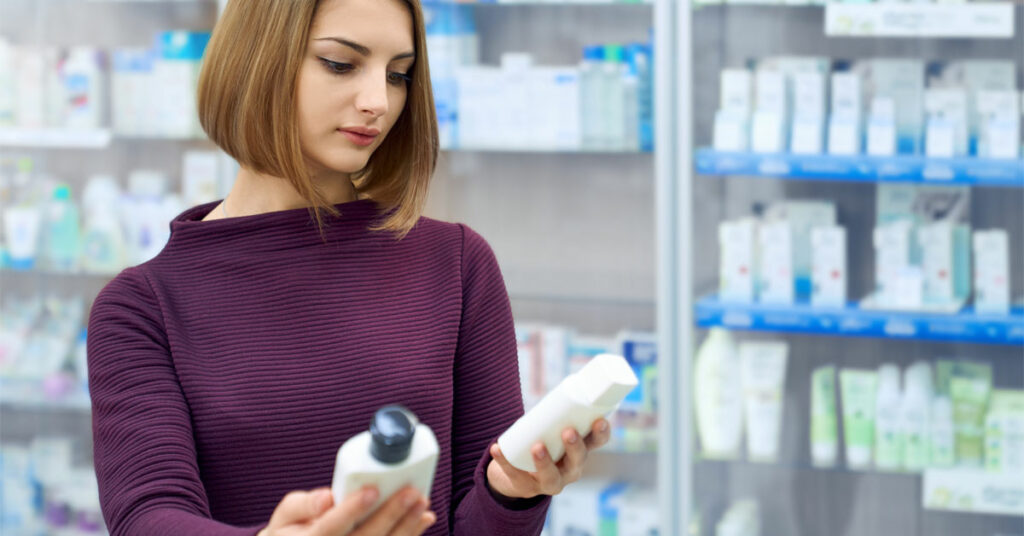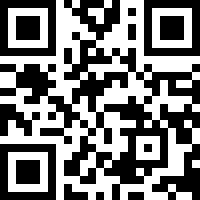In low- and middle-income countries, one out of every ten medical products are substandard or falsified.[1] Growing concern about the health risks of counterfeit medicines has motivated renewed efforts by patient safety groups, law enforcement, civil society, and the private sector to combat this problem. Unfortunately, the global campaign to fight fake medicines lacks coherence and a unified purpose. Despite counterfeit drugs’ growing public health risks, the movement needs more international cooperation. Let’s take a closer look at the challenges associated with counterfeit medicine.
Falsified medicines
Falsified medicines are fake medications that are intended to look like real medications. Counterfeit medical products are a significant public health threat and a significant source of economic loss. They do not meet quality standards and often contain unknown impurities and bacteria. They are also frequently manufactured in unhygienic conditions and fail to treat the disease for which they are intended. This problem is made worse by a growing culture of self-diagnosis. The problem affects low and middle-income countries, developed countries and those with weak health systems.
Substandard products
Falsified and substandard products fail to meet drugs’ specifications and quality standards. For example, they may not be dissolved, contain incorrect amounts of active ingredients, or have been manufactured in an impure way. WHO has defined substandard products as those that do not comply with the quality, composition, and source requirements. Falsified products and substandard products are illegal because they harm human health.
Illicit products
The growing market for counterfeit pharmaceuticals presents a severe threat to public health. Criminals exploit gaps in the pharmaceutical supply chain and at international borders. In addition, the accessibility of online pharmacies means that consumers are willing to purchase illicit medicinal products without knowing where they are coming from. The resulting proliferation of counterfeit and substandard medicines and medical supplies is a global health threat. A recent symposium on health threats posed by counterfeit drugs explored these issues.
Stolen products
In recent years, the theft of pharmaceuticals has increased dramatically. The counterfeiters produce exact replicas of legitimate drugs, copying the packaging and label to deceive consumers. They even imitate holograms and advanced printing techniques. In some cases, counterfeit drugs aren’t detected until they have reached patients’ hands. It’s always best to get your medications from a reputable source. The resulting damage to your health from a counterfeit drug could be significant.
Takeaway
Systems and organizations like WHO enable rapid response to emergencies and the distribution of alerts in the most serious cases. It also allows for in-depth analyses of the most vulnerable medical products, the vulnerabilities and weaknesses in health systems, the harm done to public health, and the need for investment, training, and stronger regulations and standards.
About IDLogiq
To make sure that you are buying and ingesting authentic medications, IDLogiq developed a state-of-the-art anti-counterfeiting technology that tracks the origin of products and provides real-time insight about what is going on in a supply chain. IDLogiq fights counterfeiting and protects a company’s brand and people’s health and safety by making sure that customers are getting the exact products they are supposed to receive.
For more information, contact us at info@idlogiq.com
References:
- Substandard and falsified medical products. (2018, January 31). WHO | World Health Organization. https://www.who.int/news-room/fact-sheets/detail/substandard-and-falsified-medical-products


